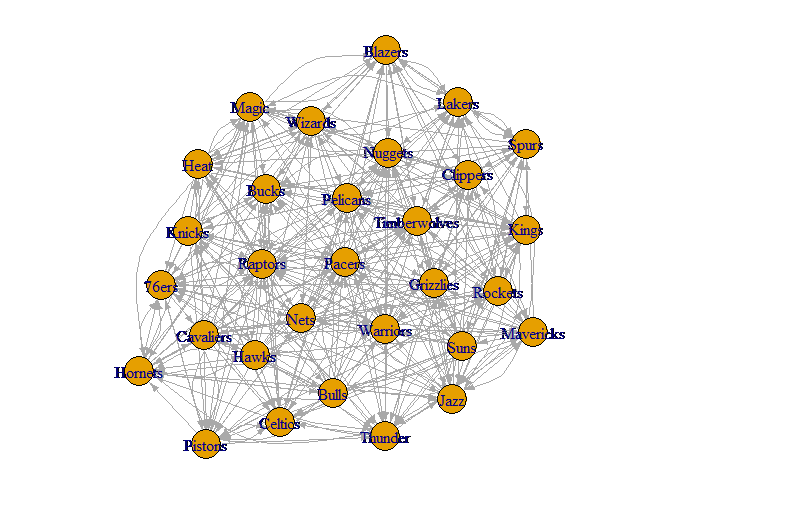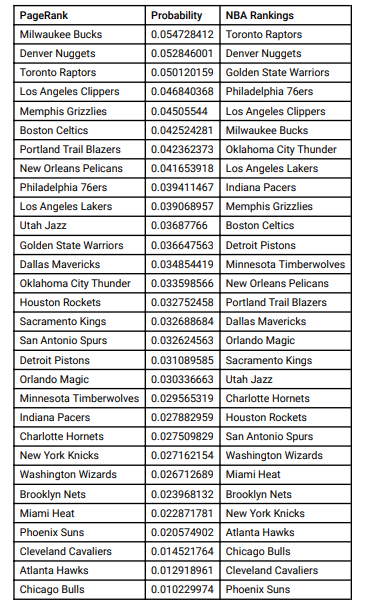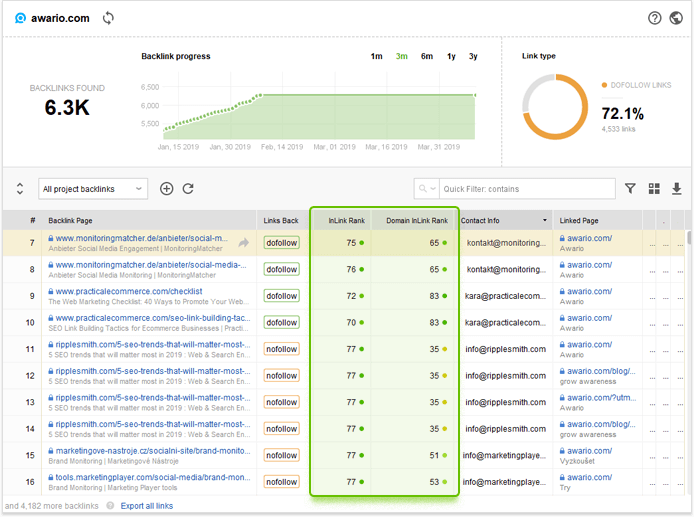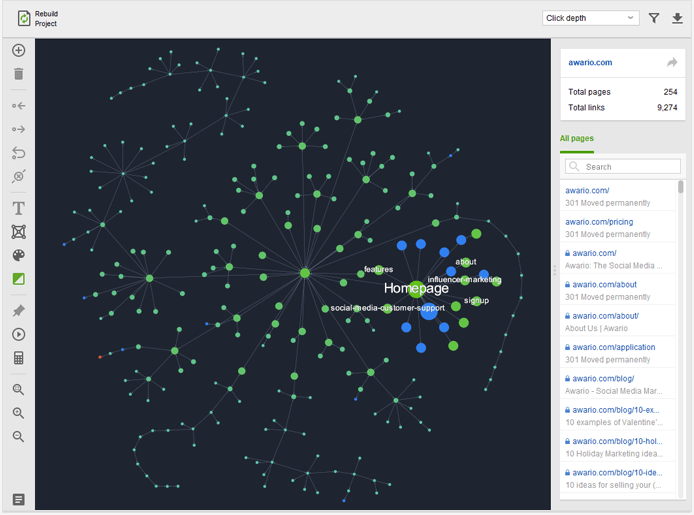When we often see Google we are impressed by how it is possible to search so many relevant things? The reason behind this is its searching algorithm PageRank. PageRank is an algorithm that Ranks a given page by its importance on the network from 0 to 10, the logic behind is that it accounts for the quality of inbound links and the and spread the quality of inbpound links to its outbound links equally. This algorithm is one of the main reasons why Google became such a big company. When Google first started the PageRank score was public but as Google has grown up the Public PageRank has become private and no longer visible to users. One of the main factors that made Google make the PageRank private is link spam in which consists of making unnatural links to increase the PageRank of some pages. Although google found a way to solve it (called nofollow), it makes sense to make the way they rank pages private so no one can alter the results of the ranking [1].

Although PageRank is no longer usable for people there are some good alternative metrics now a day. One example is the URL Rating by Ahrefs, it also calculates the importance of the webpage on the network in which measures the backlinks (link pointing to the page, external and internal), the more backlinks the better and ranks the pages with a score from 0 to 100. The ration does not only depends on the backlinks but also the Inlinks (links within the domain, i.e home page to contact page). The URL Rating gives you both domain level and page level metric, the page level means that it only rates the homepage of the website and not its subpages whereas the domain level metrics allows people to check the rank of the whole domain including all the subpages. The scale that URL Rating uses is logarithmic so that is easier to scale low-level rating and much more difficult to scale high-level ratings [2][3].

Another Alternative is using the tool named InRank developed by Oncrawl in which consists similar to the PageRank algorithm. On top of the original PageRank algorithm, it disregards external and self-link and only account for links that have the tag <a href> [4]. InRank is used more for finding how the page is distributed within your website so it measures the popularity of a specific page is within your website. It rates the page from 0 to 10 where at least one page is 10 which usually is the homepage. It’s not just single rating the webpage but also analyses some aspects of the website in which includes the probability that a random user might see the page, the flow of the InRank, the Average InRank by the searching depth.

In coclution, the tools mentioned can help us to determine the importance of the webpage or in other workds helps to determine the explosure of the website in the netwrok. Other than ranking they analises and provides statistics about how the page is performing. As we can see, altough PageRank is not longer available, it has influence and inpacted on other tools that we can use today as an alternative of the Google’s PageRank.
Reference:
[1] Darren, & *, N. (2020, March 21). PageRank is dead, what are the alternatives? 2020. Retrieved November 05, 2020, from https://cwtadvertising.co.uk/pagerank-is-dead-what-are-the-alternatives-2020
[2] Timsoulo. (2020, February 22). Google PageRank is NOT Dead: Why It Still Matters. Retrieved November 05, 2020, from https://ahrefs.com/blog/google-pagerank
[3] What is URL Rating (UR)? (n.d.). Retrieved November 05, 2020, from https://help.ahrefs.com/en/articles/72658-what-is-url-rating-ur
[4] Inrank. (n.d.). Retrieved November 05, 2020, from http://help.oncrawl.com/en/articles/404228-inrank






